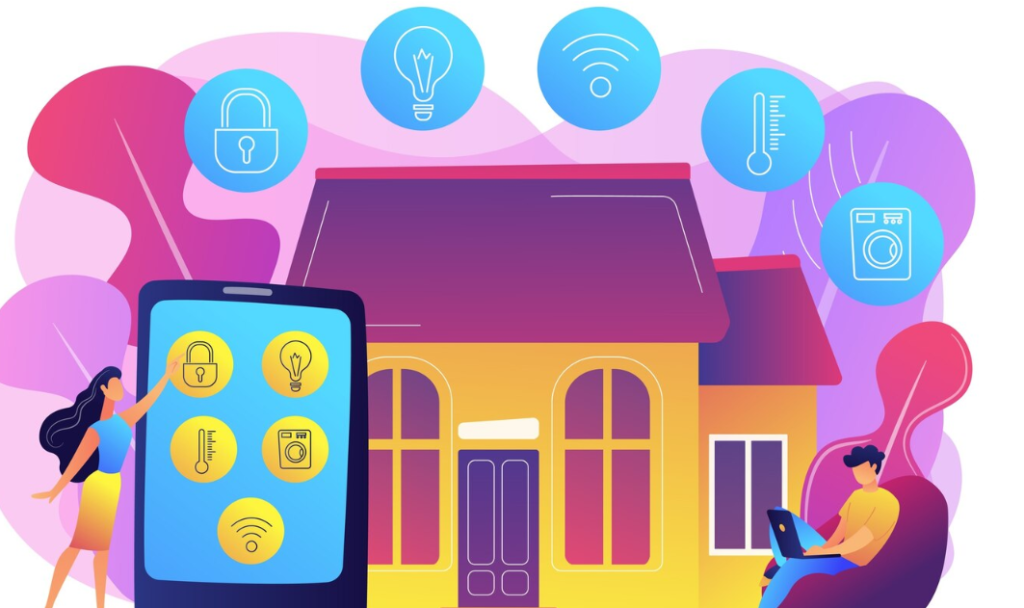Introduction
Social media platforms have become an integral part of modern life, shaping how we communicate, consume information, and even perceive reality. Behind every post, like, and share, there are sophisticated algorithms designed to capture our attention and influence our behavior. But how much control do we really have over what we see online? This article explores the psychology behind social media algorithms and their impact on our decision-making.
How Social Media Algorithms Work
Social media algorithms are complex systems that prioritize content based on user behavior. These algorithms analyze data such as:
- Engagement (likes, comments, shares) – Content with higher engagement is promoted more frequently.
- Watch Time – Videos that keep users watching longer are ranked higher.
- User Preferences – Past interactions determine the type of content shown.
- Ad Personalization – Platforms track behavior to deliver targeted advertisements.
The goal of these algorithms is to maximize user retention and ad revenue, often by reinforcing content that keeps users engaged.
The Psychological Tactics Used by Algorithms
1. The Dopamine Effect
Social media platforms exploit the brain’s reward system by triggering dopamine releases through notifications, likes, and comments. This creates a cycle of instant gratification, making users return frequently.
2. Echo Chambers and Confirmation Bias
Algorithms tend to show users content that aligns with their existing beliefs, reinforcing their perspectives and limiting exposure to diverse viewpoints. This phenomenon, known as an “echo chamber,” strengthens confirmation bias and can polarize opinions.
3. The Fear of Missing Out (FOMO)
By prioritizing trending and time-sensitive content, social media platforms fuel a sense of urgency. Users feel compelled to stay connected constantly to avoid missing important updates.
4. Endless Scrolling and Time Distortion
Features like infinite scrolling and auto-play keep users engaged far longer than intended. This manipulation of time perception makes it easy to lose track of hours spent on social media.
Are We Really in Control?
While users have some level of choice in the content they interact with, social media algorithms subtly guide these decisions. The curated nature of feeds means that our digital experience is largely dictated by unseen forces, limiting true autonomy.
Ways to Regain Control:
- Adjust Algorithm Preferences – Many platforms allow users to manage their content preferences manually.
- Limit Screen Time – Setting boundaries can reduce compulsive social media use.
- Diversify Information Sources – Following a wide range of perspectives can help break echo chambers.
- Be Mindful of Engagement – Understanding how algorithms work can help users make more intentional choices about what they interact with.
Conclusion
Social media algorithms wield significant power over user behavior, leveraging psychological principles to maximize engagement. While they offer convenience and personalized experiences, they also raise concerns about manipulation, mental health, and autonomy. By becoming aware of these mechanisms, users can take proactive steps to regain control over their digital consumption and make more informed choices.


